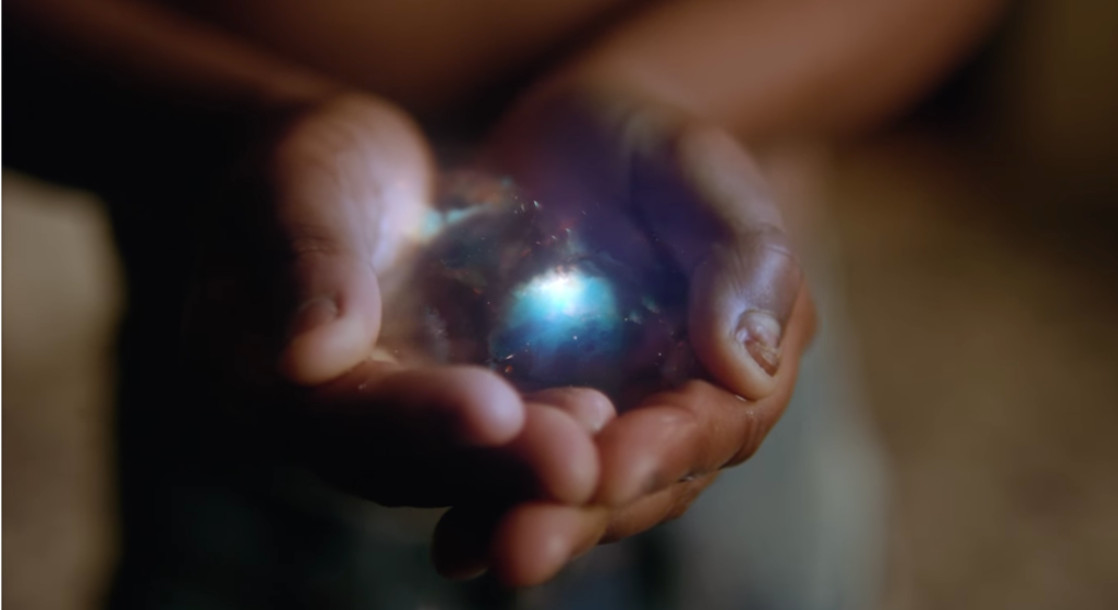In jazz, it’s understood that transcendence is often achieved by combining seemingly incongruous musical elements. The line between dissonance and harmony is fluid, able to be danced around or even shifted by the most skillful composers and players, and within that melodic uncertainty and unrest lies the true brilliance that separates the genre from its more rigid, hermetically sealed peers.
The “American Dream” is purported to have a similar aim– collectively reaching greater heights by celebrating the union of far-flung cultures, languages, creeds, and ethnicities– but the headlines trumpeting diversity don’t match the fine print, nor does the writing on the wall. Cultural multiplicity is to the powers that be as bebop was to swing– that is, uncharted new territory that old white dudes think will threaten their way of life. Big band maestro Tommy Dorsey claimed that bebop had “set music back twenty years”; Donald Trump claimed that Mexico is “sending [us] people that have lots of problems, and they're bringing those problems with us. They're bringing drugs. They're bringing crime. They're rapists.”
Last month, virtuosic saxophonist Kamasi Washington debuted a new audio/visual piece entitled “Harmony Of Difference” at the 2017 Whitney Biennial in New York. In it, he and filmmaker A.G. Rojas laid out a convincing thesis on the power and malleability of harmony. Today, Washington has shared the final piece in the six-track suite, a thirteen-minute-long cosmic journey entitled “Truth.”
In it, Rojas shows young Los Angelinos of varying ethnic backgrounds not only coexisting in the neighborhoods where they wound up, but working together in discoveries of love, art, and community. This message is mirrored by Washington’s adventurous composition, which uses the musical concept of counterpoint (“the relationship between voices that are harmonically interdependent yet independent in rhythm and contour,” as per Wikipedia) to breathtaking effect.
“I didn’t want it to sound chaotic,” Washington told the New York Times last month, “I wanted to show how you can pull these different musical pieces together in a way that felt harmonious.” Careening through movements that uplift without unnerving, Washington achieves his goal, especially when strings and a choir are added in for divine climaxes. “Truth,” like his towering 2015 opus, The Epic, shows that Washington can say more with instrumental jazz than most artists can with albums chock full of words.
“With our political climate right now, there’s just so much focus on the negative aspect of our diversity,” he added in his NYT interview. “I thought it was ironic that we look at it as this problem that we have to solve, when it’s really a gift.” With that said, few pieces of art have manifested that gift as tangibly and masterfully as “Truth” does.











